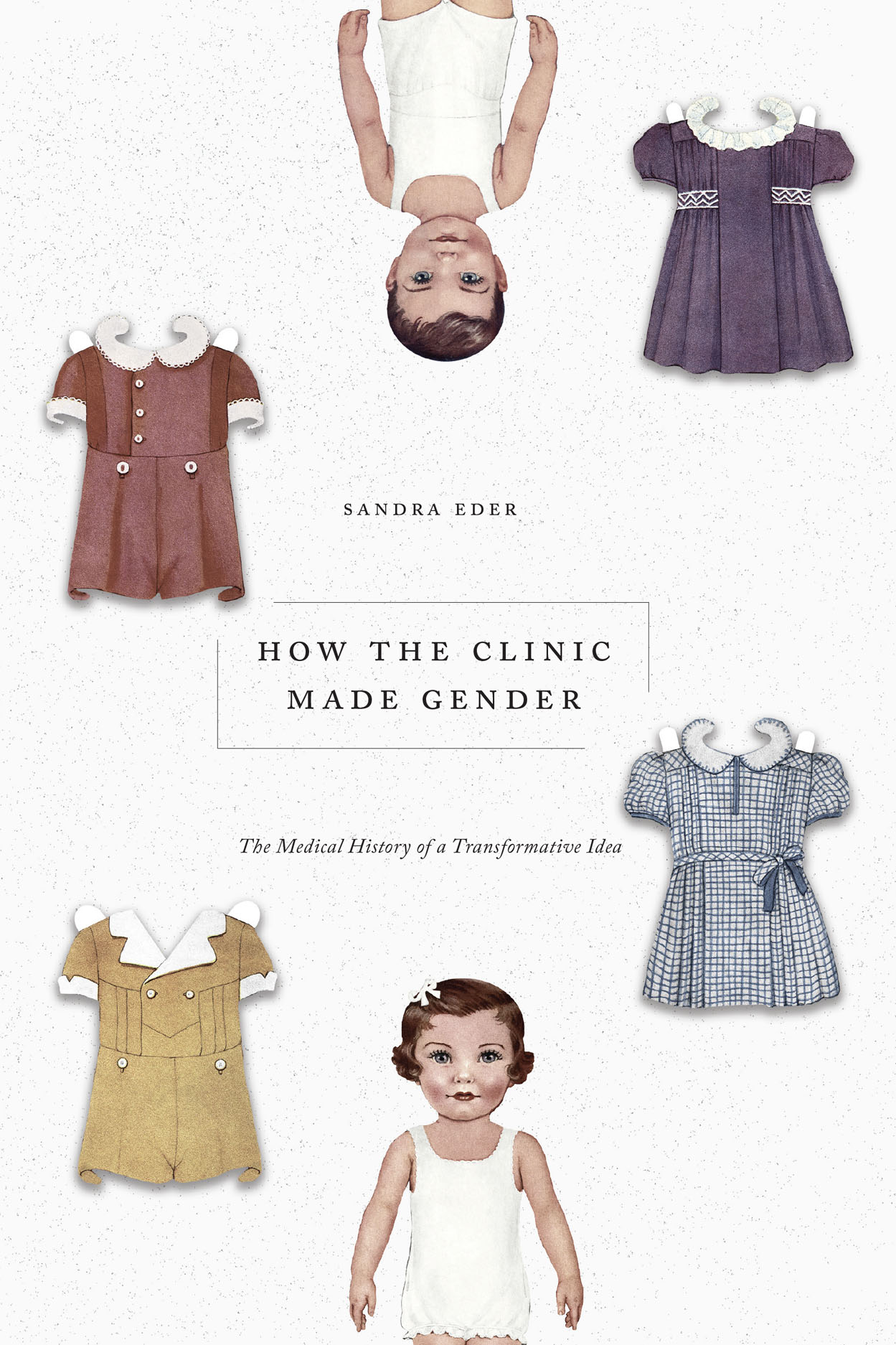These developments may seem novel, but debating the meaning of gender is hardly new. Nor is deploying so-called common sense to adjudicate such matters. Gender trouble, as the phrase goes, has a history. The meaning of gender and of categories like “woman” have always been historically contingent—and saturated with politics too. To believe otherwise is to ignore the past. Historically, the rights, roles, and privileges of womanhood have been attached to a particular type of woman—white, middle- to upper-class, heterosexual, and so on. Just ask Black suffragists if all women got the right to vote in 1920. The history of the word gender to refer to social sex is admittedly more recent. Perhaps counterintuitively, it was not the feminist movement that made the word. The term was introduced around 1954 in a very specific context: the Johns Hopkins Pediatric Endocrinology Clinic in Baltimore, where it was used as part of the treatment of children born with intersex traits (reproductive or sexual anatomy that does not quite fit our categories of male and female). Intersexuality (or hermaphroditism, an outdated term used at the time) was a problem in search of a solution—and that solution was the idea of gender. The term was meant to denote a sober “scientific” solution rather than being, say, the product of superstition or prejudice or politics. It was seen as a solution that would need to be routinized, and that would then perforce enter the domain of medical expertise.
The clinic “made” gender, in short. But here we need to backtrack. In the late 19th century, sex gonads were understood to determine masculinity and femininity. Physicians claimed that they could easily tell whether someone was female or male based on the appearance of their gonads. Anyone who possessed ovaries was thought to be a woman, no matter their more general appearance or character, and anyone with testes was a man, regardless of how they looked, felt, or behaved. By the 1910s, however, the idea of gonads as agents of sex difference gave way to the concept of sex hormones as chemical messengers of masculinity and femininity. The right decision in assigning sex became more fraught. Practitioners sometimes felt compelled to recommend letting certain patients remain in the sex that they were living in, even if it contradicted their gonadal sex. In the following decades, psychiatrists and psychoanalysts published cases in which a person’s psychological sex did not match their sexual anatomy.
